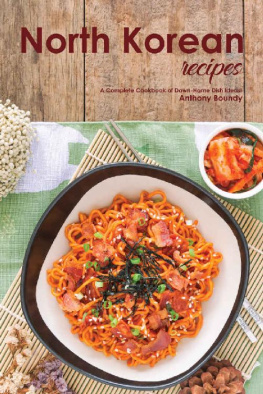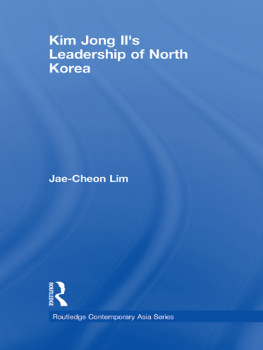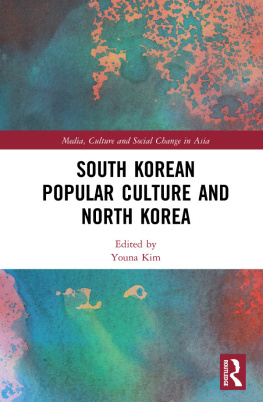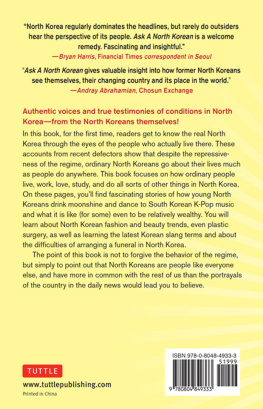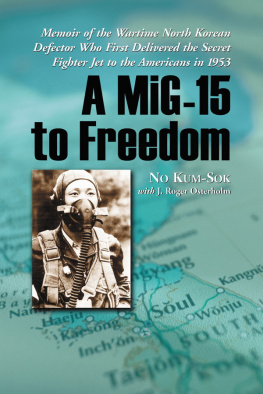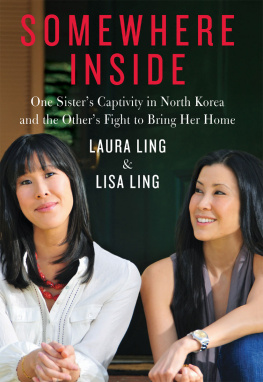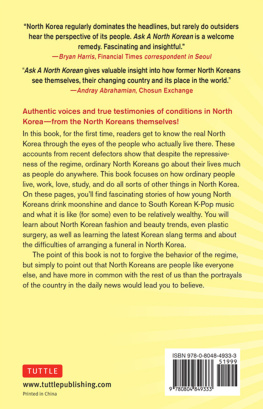Can you seek out the different varieties of ingredients youll need to make these dishes?
Are you curious about the various ways in which North Korean foods can make your recipes tastier?
North Korea doesnt have as many acres of farmland as South Korea. The most commonly used ingredients are culled from the ocean, or from local farmers. In some provinces, the main ingredients are seafood, corn and rice. In Pyongyang, they eat more meat and beans.
Northern regions of the peninsula are more known for milder tastes, and the use of seafood, like cod and clams, along with locally grown water radishes and bean sprouts.
In this cookbook, youll discover how to use North Korean foods in 30 different dishes.
Read on and try out some of these tasty recipes. You may even find more dishes that can benefit from the inclusion of ingredients from the North Korean taste palate.
Cold Noodles Naengmyeon

This is often described as one of the official foods of North Korea. It consists of cold noodles made with buckwheat. They are served in a cold, clear broth and often include hot sauce, dried egg and perhaps several slices of meat. Theyre not much to look at, but they taste great.
Makes: 4-6 Servings
Cooking Time: 2 hours & 50 minutes
Ingredients:
- 2 qt. of stock - 1 beef, 1 chicken
- 1-pound brisket, beef
- 1 piece of peeled, smashed ginger, fresh
- 4 or 5 peeled, smashed garlic cloves
- 3 daikon radish section, cut in 1/2 circles
- 1 peeled & quartered onion, medium
- 5 to 7 black peppercorns, whole
- 1 tsp. of salt, coarse
- 1 to 3 tsp. of sugar, granulated, as desired
- 1/4 cup of vinegar, rice
- 1 tsp. of oil, sesame
- 1 & 1/2-pound pkg. of naeng-myun noodles
- 1 to 2 thinly sliced cucumbers, Persian
- 1 quartered and sliced Asian pear, small
- Cabbage kimchi with the red pepper rinsed off with cold water
- Daikon radishes, sliced, pickled in vinegar
- Hard boiled eggs, 1/2 egg per serving
For serving: hot mustard; sesame seeds, toasted
Instructions:
Making the soup & cooking the beef
1. Rinse the brisket. Place in large sized pot. Cover with water to 1-inch over top of meat.
2. Bring to rolling boil. Allow to boil for four to five minutes. Remove from heat. Pour out water, fat and foam. Rinse beef off. Wipe out the pot.
3. To same pot, add chicken and beef stock, ginger, garlic, peppercorns, salt, daikon radish and onion.
4. Bring to boil. Reduce the heat. Cover with a small space open to vent steam. Simmer for 55 minutes to an hour. Soup should be reduced to roughly 3/4 of original amount.
5. After beef has cooked fully, remove to plate. Place in fridge to set and chill. When you can handle it, slice thinly, against its grain.
6. Strain soup through sieve with fine mesh, into heat-proof container. Chill for about two hours in fridge. You can leave it overnight if you prefer.
7. Once soup has chilled, salt & pepper as desired and stir in sugar and vinegar.
Cooking the noodles
8. Cook noodles using package instructions. Bring same large pot of water used for beef to boil.
9. Turn heat down to medium. Cook for four to five minutes. Drain into a colander. Rinse with cold water a few times while massaging noodles gently. Drain.
10. Drizzle noodles with the sesame oil. Massage noodles gently and distribute oil evenly. Divide noodles among several serving bowls rapidly, or they may clump together.
Prepping and serving
11. Top noodles in bowls with several pear slices, beef brisket, kimchi, cucumber and 1/2 of 1 hard-boiled egg. Ladle soup carefully around the noodles. Add ice cubes to bowls.
12. Garnish using sesame seeds. Serve with extra vinegar, kimchi and hot mustard.
North Korean Kimchi

Kimchi is one of the staples of life in North Korea. Some families include it in all three meals per day. It can be eaten by itself but is more often served as a side. Koreans take their kimchi very seriously, and they make it in a way that yields the most taste.
Makes: 3-5 Servings
Cooking Time: 4 days and 40 minutes including 4 days setting time
Ingredients:
- 67 ounces of water, filtered
- 1 & 1/8 pounds of cabbage, Napa
- 1 tsp. of shrimp paste
- 1/4 cup of salt, kosher
- 2 onions, spring
- 4 & 1/4 oz. of radish, daikon
- 1/8 cup of fish sauce
- 1/5 cup of red pepper, Korean, powdered
- 1 tsp. of garlic, minced
- 1/8 cup of ginger, minced
- 1 tsp. of paprika, smoked
- 1 tsp. of sugar, coconut
Instructions:
1. Cut cabbage in 1/2 lengthways. Cut crossways in 2 pieces. Discard root ends.
2. Place in large bowl and sprinkle with salt. Toss using your hands till cabbage has been coated. Add cold water enough to barely cover. Cabbage should be mostly submerged.
3. Cover with cling wrap. Allow to sit out at room temp. for 12 hours at least. You can leave it out for a maximum of 24 hours.
4. Place colander in sink. Drain cabbage. Use cold water to rinse. Squeeze excess liquid out gently. Transfer cabbage to medium sized bowl and set it aside.
5. Place the rest of the ingredients in large sized bowl. Stir and combine well.
6. Add cabbage to large bowl in step 5. Toss by hand until everything combines evenly. Coat the cabbage with mixture thoroughly.
7. Tightly pack mixture in glass jar with tight lid. Seal jar.
8. Allow cabbage in jar to sit in cool and dark place for 24 hours. Dont worry if it bubbles.
9. Open to allow escape of gases. Reseal. Refrigerate for 48 hours or longer before you serve. It tastes best after it ferments for a week. It can be refrigerated for up to 30 days.
Pork Bibimbap

Some bibimbap recipes use beef, but this is pork specific. If you do everything right, it will taste a great deal like it does in Korea. It is a textured, spicy dish worthy of praise, with layers of various flavors.
Makes: 2-4 Servings

